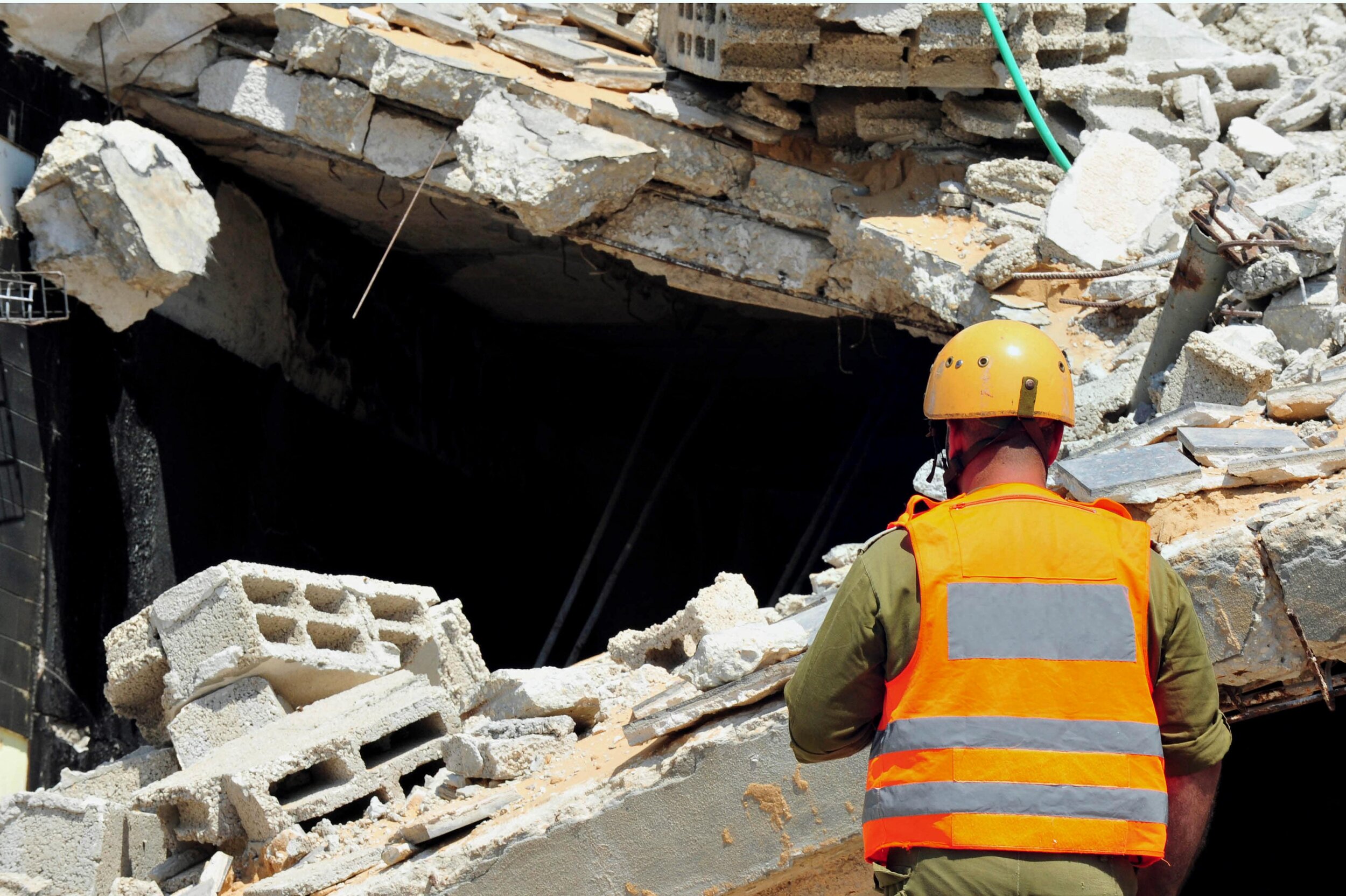
What are the everyday risks and hazards that lone workers face?
Lone workers are exposed to a variety of hazards
Your hard hat won’t protect you from all hazards. Here are some reasons why a Lone Worker system could save your life. Occupational dangers aren’t always obvious; protective equipment can help prevent minor injuries, but any amount of equipment can be inadequate for complex hazards. In this list, we’ll look at some of the most important reasons that a lone-worker system is essential in the workplace.
Invisible workplace hazards
Not every hazard can be seen before moving into an area. Although the health effects of poor air quality are often long-term, workers in high areas can be exposed to rising heat and fumes that can leave them unconscious away from help.
Trips and Falls
Trips and falls are one of the most frequent causes of workplace injury. These hazards can affect employees at any workplace, despite job responsibilities or other contributing factors.
Heavy Equipment Accidents
Heavy equipment accidents can take many forms, and the resulting injuries, such as machine entanglement, have been identified among the most common workplace injuries. Following heavy equipment accidents, lone workers can be left immobilized away from assistance.
Environmental Dangers
For employees working outdoors, the environment itself can pose many risks. Besides threats from exposure, including heat stroke and hypothermia, workers may encounter attacks from wild animals.
Employees Unable to communicate
Many safety systems rely on workers to call for the people nearby when they need help. Unfortunately, it’s impossible to predict situations where someone cannot call for help when needed, ranging from medical emergencies to extreme workplace violence.
Remote Workers in Distress
Remote workers are a special case because, in very remote areas, employers can face an incredible challenge locating a missing worker. Tracking employees with GPS is a start, but additional details are necessary since an employee can separate from the tracking equipment.
Medical Emergencies
To protect their workers, employers need to plan for health-related dangers that can’t be anticipated. Medical emergencies like heart attacks and severe allergic reactions can be sudden and happen anywhere.
Hazardous Objects
Whether working in construction, warehousing, or even retail, workers are often put at risk by the objects near them as they work. Injuries from being struck by or against nearby objects can be serious and include cuts, lacerations, and concussions.
Vehicular Accidents
Lone workers often need to be mobile, meaning that vehicles are part of their daily routine. Just like when employees are at a worksite, employers are responsible for the safety of their employees when they travel.
Violence in the Workplace
People don’t always recognize that when they work with the public, they are working alone. Employees working with the public who can easily become isolated are particularly at risk of violent attacks. When an emergency happens in the workplace, a lone worker system can give workers in distress the needed help. Lone worker systems can provide safety and reassurance for workplace settings or occupations.
How to determine if you’re a lone worker?
A definition of a lone worker is generally described as an employee working in isolation from others or without direct supervision. However, determining if you’re a lone worker can sometimes be tricky. There are many different factors that might not be apparent that classifies you as a lone worker.
How do I keep myself safe when working alone?
One of the most important questions a lone worker can ask themselves is “how can I keep myself as safe as possible?” There are many different factors that can affect how safe a lone worker is and it’s important to be aware of what you can do to minimize your risks.


